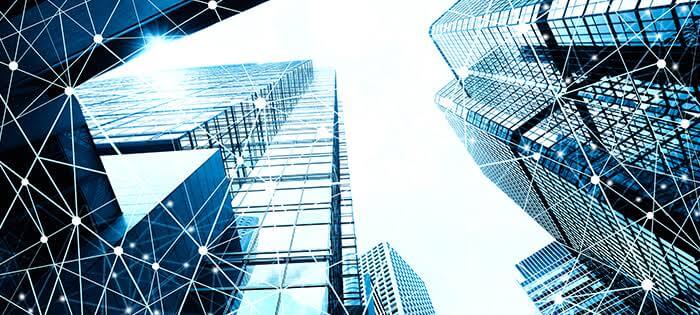The concern for the environment reaches all areas and sectors of society, also the brick and therefore the real estate industry. And it is that the construction sector is responsible for 20 percent of the emissions of gases that heat the atmosphere. Hence decarbonized buildings are being designed that help minimize these emissions responsible for global warming.
The rise of the sustainable economy also comes to construction with these homes that barely emit these gases. These buildings are called decarbonized and are a new trend since in addition to being energy efficient they pollute little and are characterized by using renewable energy.
What are decarbonized buildings?
Decarbonized buildings are those that do not have carbon, the main gas responsible for the pollutant emissions into the atmosphere that cause the temperature to rise on the planet.
Decarbonized homes are those whose emissions have been reduced to 0 or at least as close to this figure.
To achieve this is done by combining different techniques of sustainable energy, building materials, an intelligent design and materials that pollute little.
The objective of this goal is to advance the urban sustainability policies set by each country. These legal advances resemble the same measures that have been made with cars. That is, it is wanted to produce vehicles that pollute as little as possible (thanks to the electric ones) and thus reduce the pollutant car park.
The same is wanted to do with housing. This is because they contaminate, yes, apparently everything contaminates, buildings included, but in this case it is not that they do, but how and how much.
How much pollute decarbonized buildings?
Although it seems a lie, homes pollute a lot. This is because they consume a lot of energy. In fact, buildings spend about 40 percent of the continent's energy.
This is because our needs require electricity, gas and fuel to meet the demand for heating, cooling and energy that we need to live.
End users, that is, citizens, consume around 50 percent of the total energy produced. Of this around 80 percent goes to buildings, houses and flats.
End users, that is, citizens, consume around 50 percent of the total energy produced. Of this around 80 percent goes to buildings, houses and flats.
What is the 2050 project?
The aforementioned measures have a deadline for compliance, 2050. However, there is another important date marked on the calendar, this is 2030.
And it is that the objectives of the Administrations are several, reduce the energy dependence of fossil fuels (coal and oil) and make buildings more efficient so that they consume less.
For all these reasons, not only energy-efficient buildings are sought, but their materials and transportation are the least polluting possible.
This achieves the decarbonization of the buildings. And although at the moment there are few of them, at least 100 percent without carbon, the number of buildings that pollute little and meet the requirements requested by the authorities and governments are increasing.
In fact, decarbonized homes can take different forms, they can be passive or PassivHaus, smart homes, modular or a combination of them. And it does not matter if the house or building adopts one technology or another if it meets several requirements, one of them is that we like to live in them and another is that they pollute little.
Decarbonizing buildings means reducing their carbon footprint. That is, minimize the environmental impact of homes, houses and flats and for this there are several ways.
Either you take advantage of the design of the buildings so that they are little dependent on energy or use well-used materials, even a combination of these two techniques.

